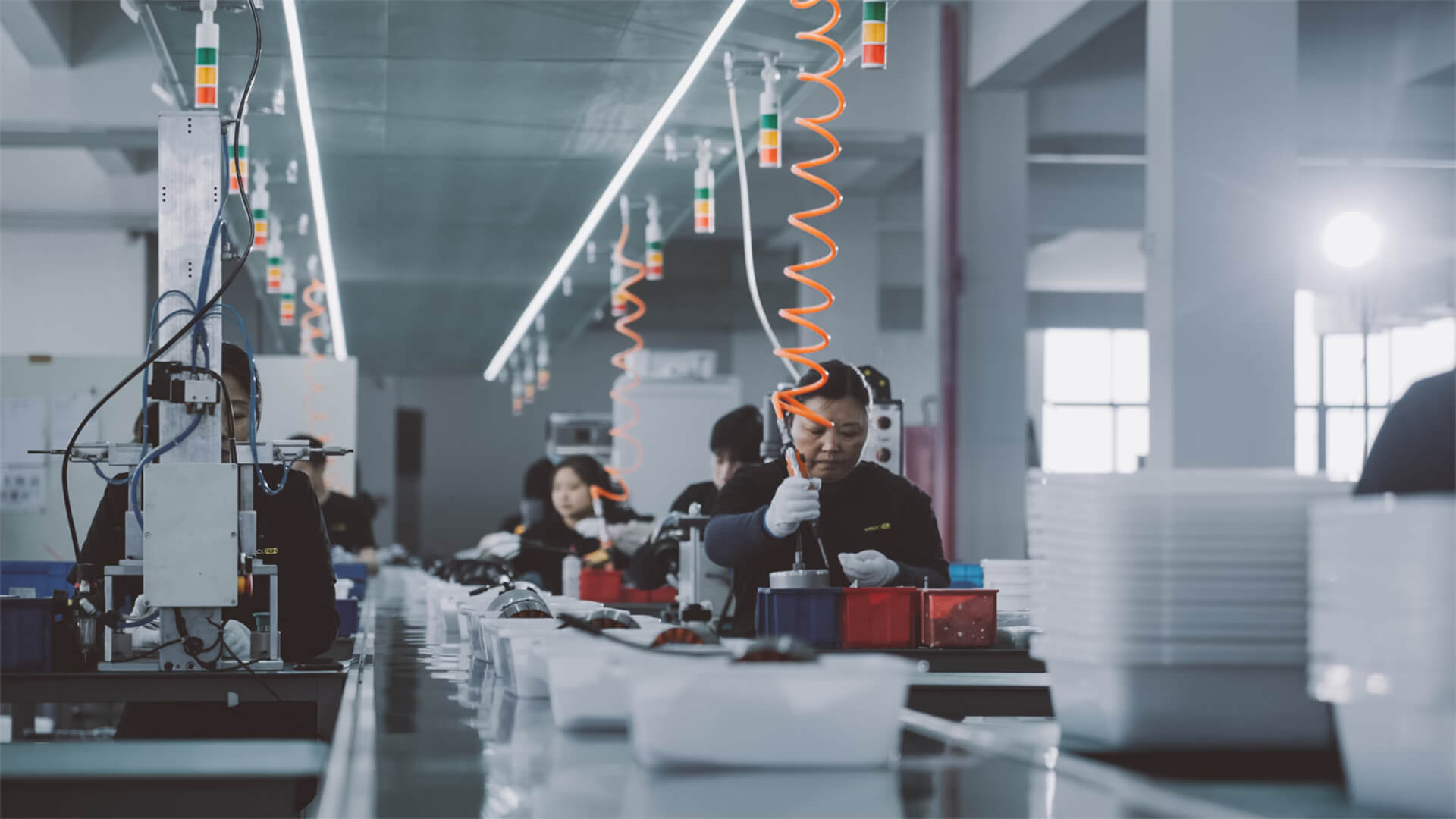One of the biggest challenges to US reindustrialization isn’t the raw materials, it’s the lack of processing infrastructure to convert those raw materials into intermediate products. Let’s break it down.
The US needs to (roughly) 20x its processing capacity to support the industrial buildout; however, the tariffs from the Trump administration have complicated things a bit. Importing already processed materials has become harder and the buildout of domestic processing capacity still needs years to ramp up.
Sure, we’ve been content getting all this stuff from China for decades since it was cheap and easy, but all that is changing as the Chinese system collapses. If the US doesn’t have the processing infrastructure ready, we’ll be in for a rude awakening.
Transcript
Hey all. Peter Zeihan here, coming to you from Dead Horse Point State Park. Weird name. Looking over here at the Colorado Basin. That is a potash facility, which means it’s time to talk about processing. One of the biggest problems the United States faces in its re industrialization effort isn’t necessarily mining the minerals. It’s turning them into something useful, putting them into an intermediate form that can then be used in manufacturing.
One of the things that Donald Trump administration has done by acting tariffs on everybody is make it more difficult for us to get the intermediate and finish materials that we need in order to do the industrialization process. What should have been done first, and this is not simply a criticism of the Trump administration, but also the Biden administration and the Trump administration before that, the Obama administration before that, and on and on, is that, North America is very rich in any number of raw materials, but we need things like this in order to separate the ore, in order to get at the minerals that we are after.
And then you turn them into an intermediate product like, say, semi-finished aluminum or copper, whatever it happens to be. We basically need to increase processing on the continent by roughly a factor of 20. It’s different based on whatever mineral you’re talking about. But the problem we have is that the Chinese have basically massively subsidized their processing industry.
So China is not nearly as rich in the raw materials as we are here in North America or the Western Hemisphere writ large. But they’ve expanded their money supply. They’ve funneled everybody’s private capital into whatever projects generate employment. And so if there’s something that technically that they can achieve, even if they’re not the low cost producer, they subsidize the crap out of it in order to corner the market in whatever it happens to be.
And then because no one can compete with these subsidized prices, they basically drive other processors around the world out of business. And that’s before you consider that the environmental regulations in China are significantly less intense than they are in any third world country, much less first world country. So cheap capital. Turning a blind eye towards environmental damage, they’ve tended to corner the market.
Well, we only now have a few years to undo and rebuild, some of our mistakes in order to have these materials locally. And unfortunately, it’s very difficult to consider being a manufacturing power, much less an industrial power, without having these things in place first. So we are now set up to have kind of the worst of all worlds.
The Chinese system is breaking. It’s going away. We’re losing access to everything that they’ve been subsidizing for us these last 30 years, and we have yet to build enough of that capacity at home to begin a serious re industrialization program, much less provide enough manufactured goods for our own population. So expect to see a lot more things like this in the future all over the continent, because without them we don’t have anything to work from.








